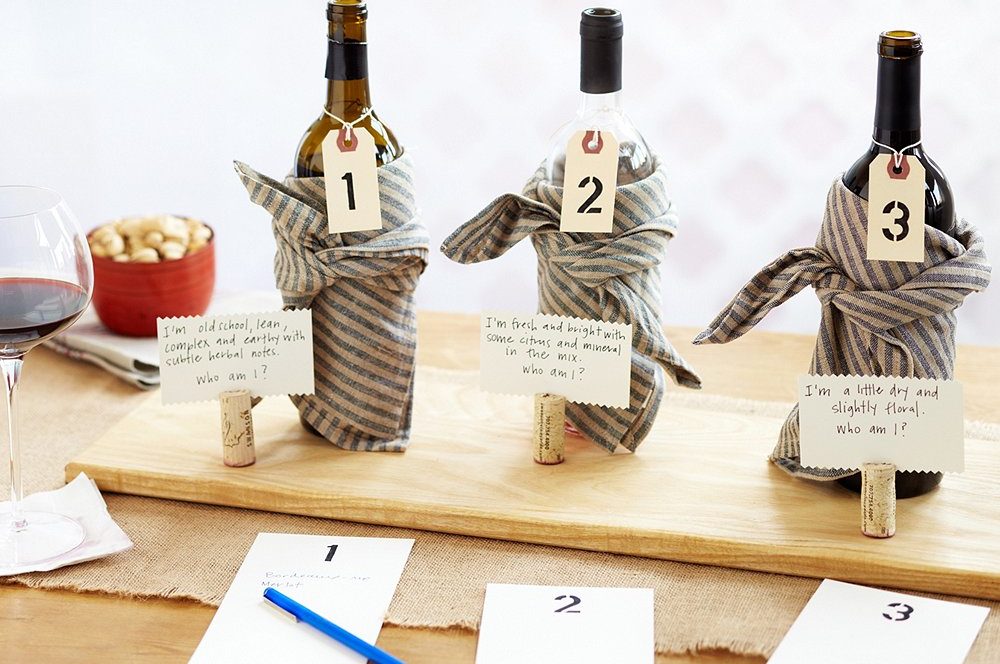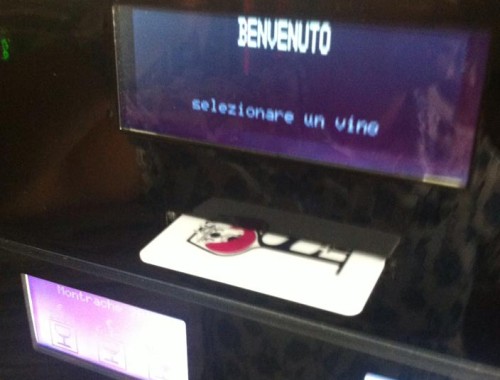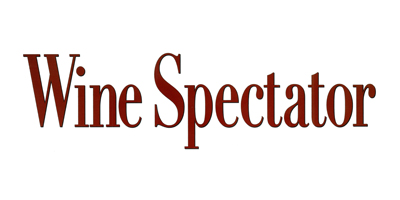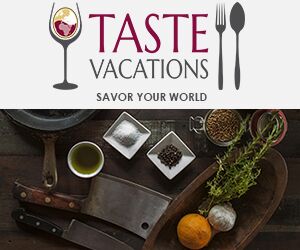Wine Marketing is a subject particularly dear to me. It may be because I had the opportunity to deepen it at the University of Salerno as well as at the College of Napa Valley or maybe because I have been in charge of marketing and communication for wineries and wine bodies; yet, because I can observe every day how the qualitative and emotional potential of Italian wine is not always properly promoted. Someone claims that this is the beauty of Italy: a natural spontaneity that makes the tasting experience true. I am not sure about that. I believe that hospitality without services, quality without communication, technical educational approach without irony remain partial successes.
Understanding that one thing does not exclude the other is the most complex obstacle in a (rightly) proud country like Italy; and this despite the possibility of a comparison with successful countries with a more modern approach such as California (read here: CG for WBM) or, even better, South America which is gaining important recognitions in the field of wine tourism as demonstrated at the WBV – World’s Best Vineyard 2019, the wine tourism competition launched in London to reward the best 50 companies in terms of hospitality: South America registered well 5 positions among the top 10.
Everything changes if companies belonging to prestigious Italian appellations, such as the Vino Nobile di Montepulciano (in Tuscany), open their doors to almost revolutionary recreational activities such as the “Wine Learning Games” of La Ciarliana winery with blind tasting games thanks to which the wine tourists should blindly guess the wines previously tasted, identify the “impossible” food-wine pairings and the more classic ones, or even try to create their own blend to be submitted to an impartial judge.
At last!











